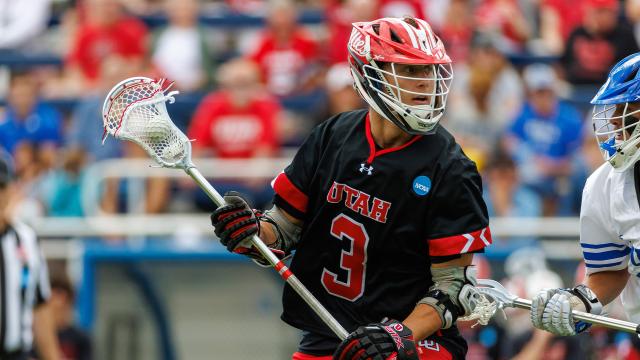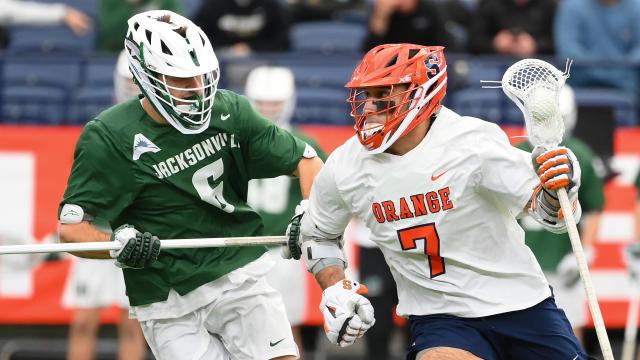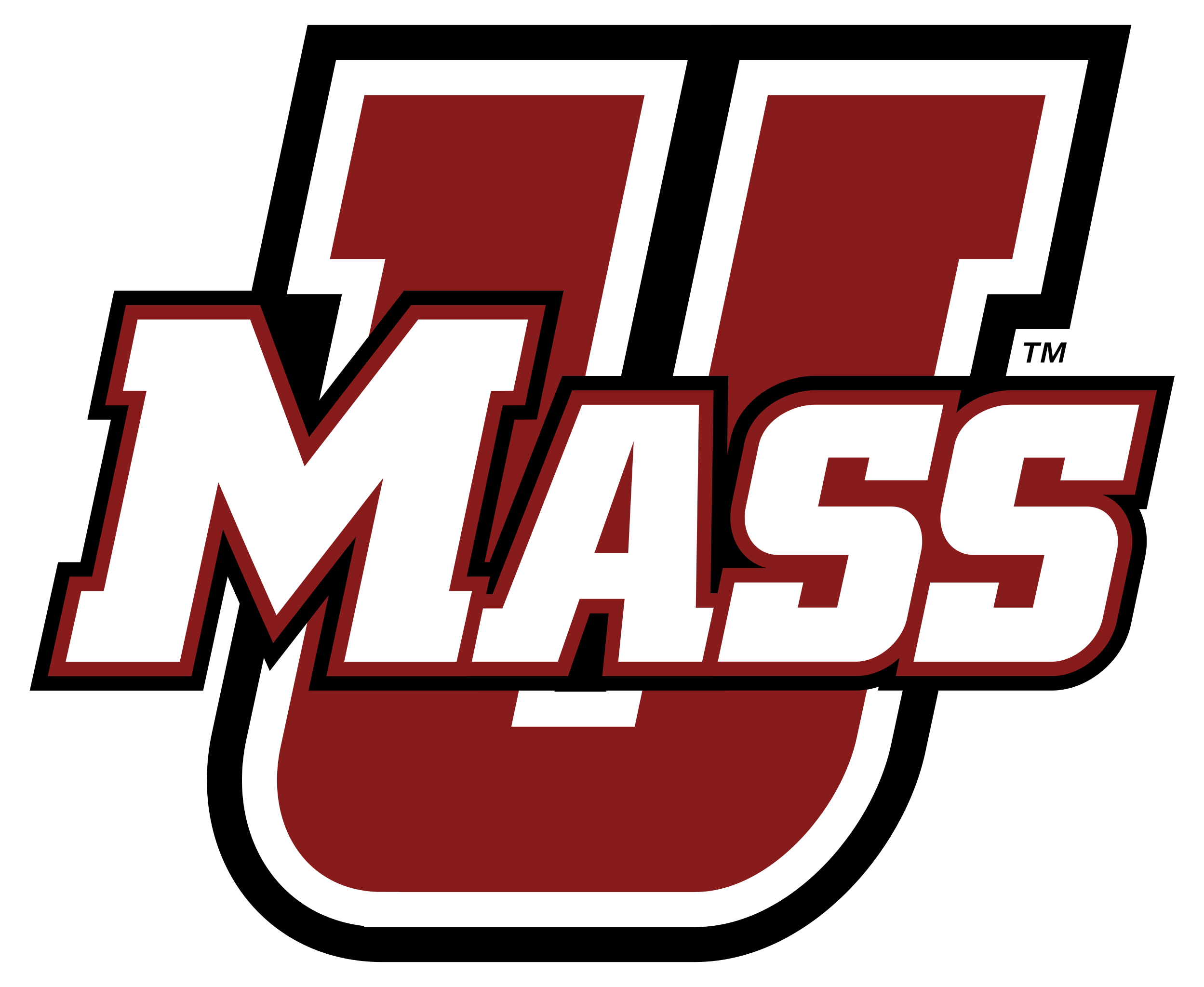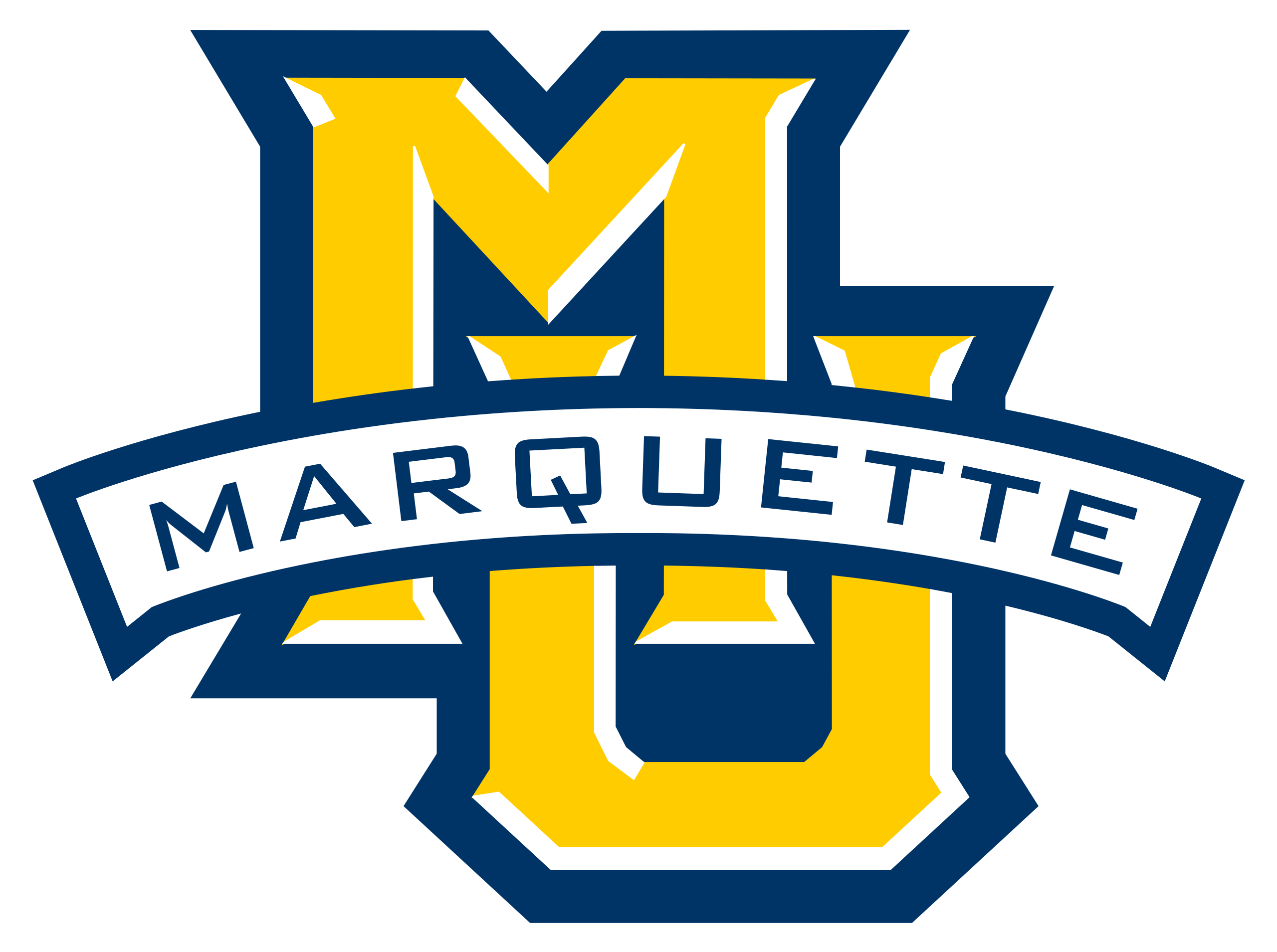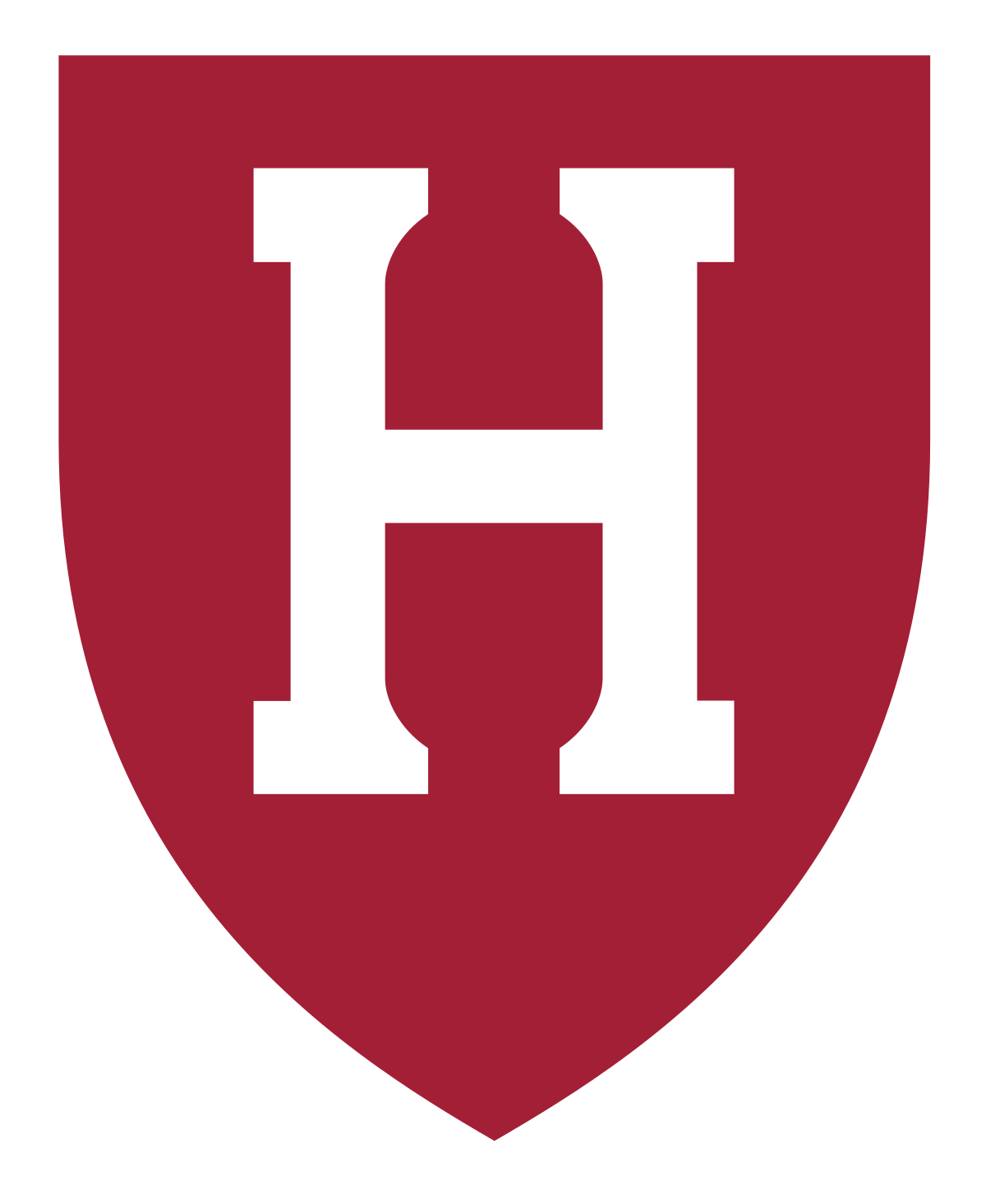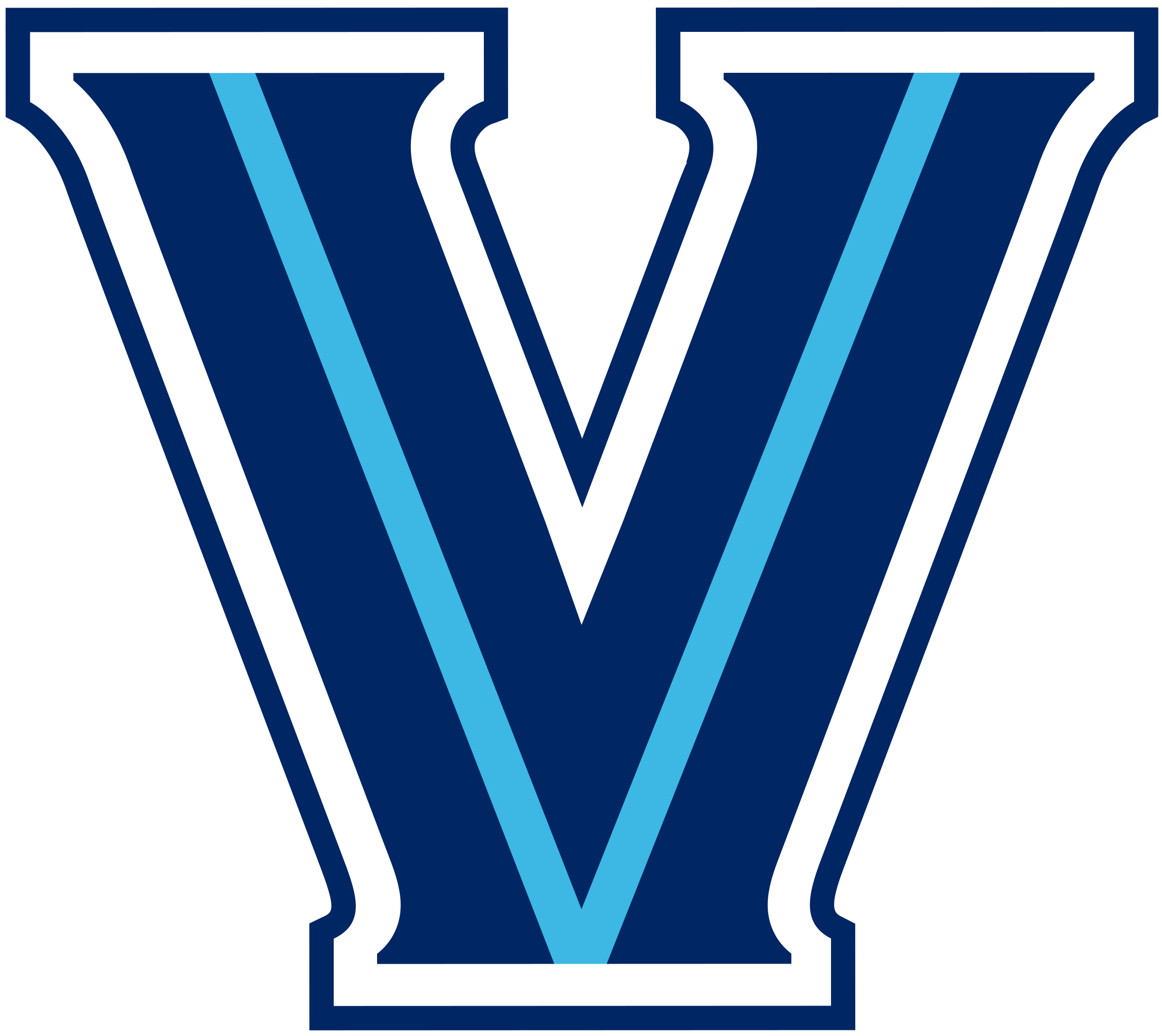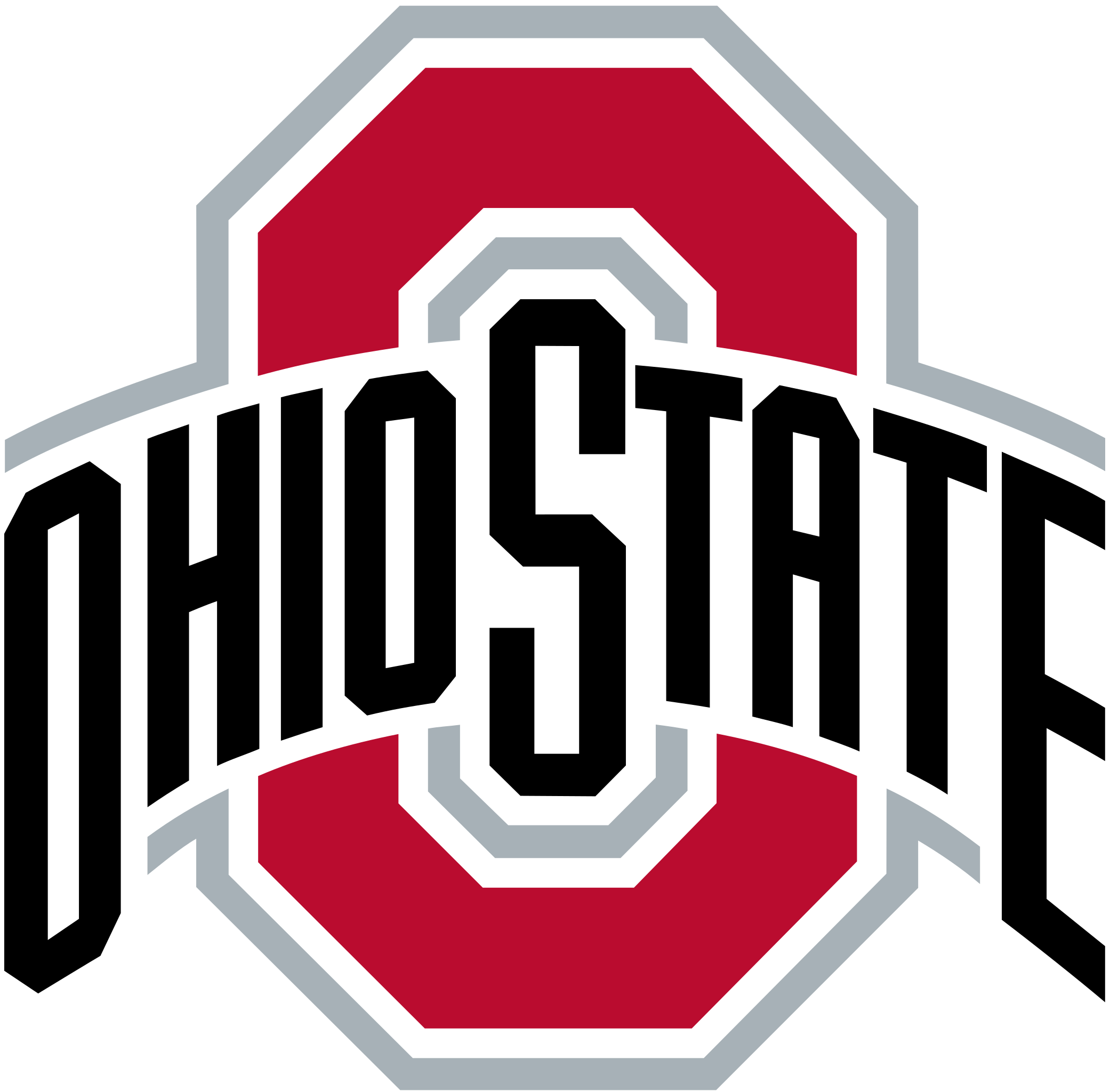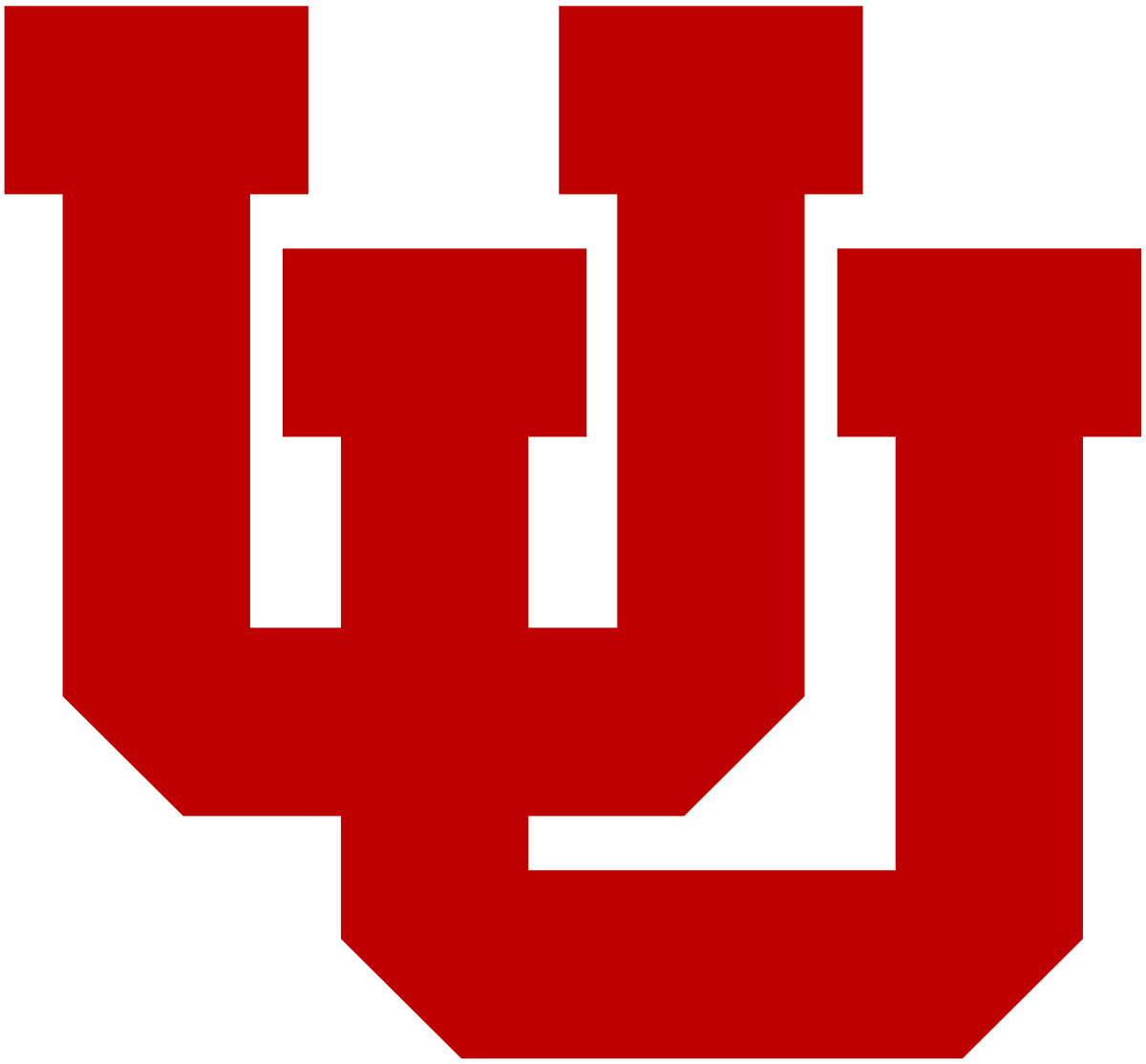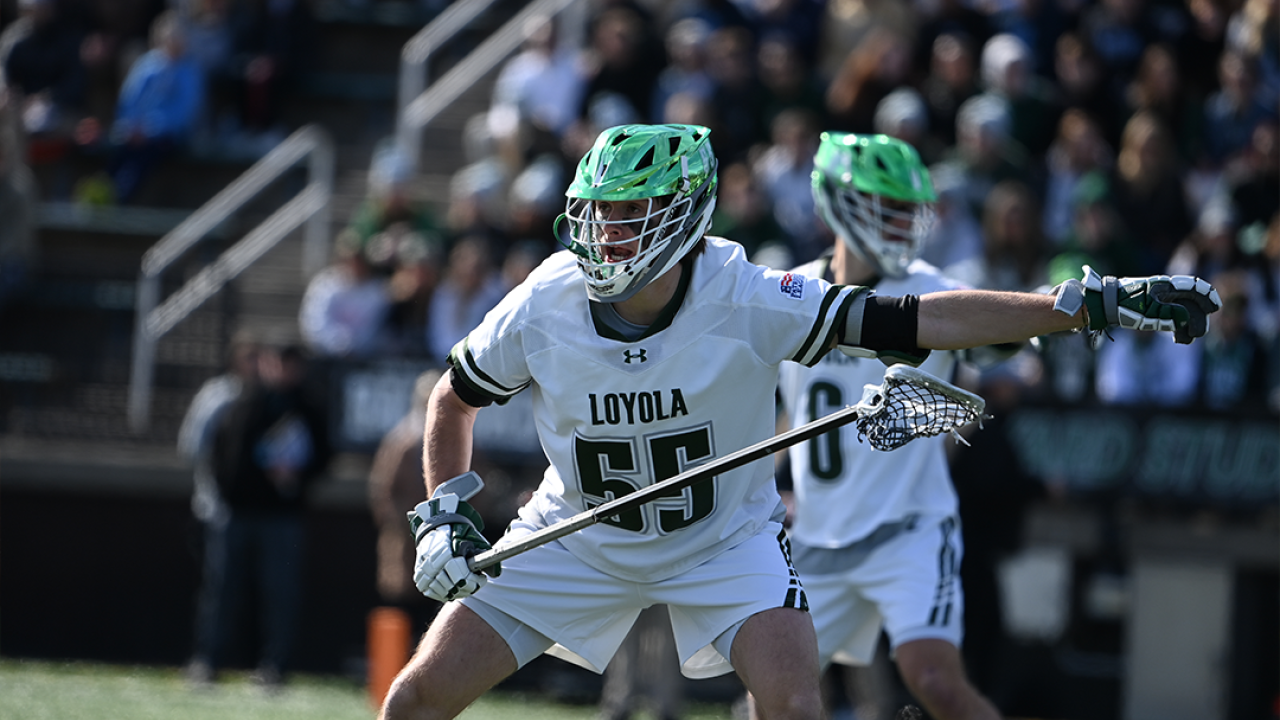

© 2026 USA Lacrosse. All Rights Reserved.

With much of the transfer market settled and the coaching carousel slowing down, it’s time to take a look ahead to what the 2024 college lacrosse season has in store.
First up: Seven teams with a credible chance to crack the Top 20 at some point this year — and perhaps even stay there for much of the spring.
2023 record: 8-6 (3-2 Atlantic 10)
Last seen: Getting blasted 15-8 in the Atlantic 10 semifinals by tournament host and eventual league champion Richmond, the Minutemen’s only lopsided loss against a conference opponent all season.
Starts lost: 41 of 140 (29.3 percent)
Scoring departing: 64 of 218 points (29.4 percent)
Initial forecast: In a pre-shot clock era, the Minutemen would easily be a Top 20 team. They have the nation’s leader in save percentage back in Matt Knote (.593), and a rock-solid faceoff man returning (Caleb Hammett won 56.5 percent of his draws). UMass even had the No. 3 man-down defense, though that might take a slight hit with two starting defensemen graduating. Offensively, four of the top five scorers remain, with Mike Tobin (21 G, 17 A) and Carter Castillo (14 G, 15 A) the most established options. However, the Minutemen shot 26.6 percent (57th nationally) and cleared at just 81.5 percent (68th nationally) — exactly the sort of things that can be covered up at least a little in a game with fewer possessions. Yet this is still an interesting team, and it should have some incentive after a bitter finish to a season that included some interesting wins (Army, Vermont and Brown). A more efficient offense will make UMass a serious threat to win the A-10.
2023 record: 6-8 (1-4 Big East)
Last seen: Suffering its third consecutive one-goal loss, a 15-14 setback against Denver that helped ensure the Golden Eagles would miss the Big East tournament played on their own field a week later.
Starts lost: 39 of 140 (27.9 percent)
Scoring departing: 36 of 274 points (13.1 percent)
Initial forecast: First of all, did anyone have a weirder season in 2023 than Marquette? It beat Michigan and Penn State on neutral fields, lost overtime games to Georgetown, Villanova and Denver in the last three weeks of the season … but also let tossup games against Bellarmine and Providence slip away and also gave up 15 or more goals in half of its games. Given the continuity the Golden Eagles will enjoy this year, they might be on the cusp of finishing off a few more games and perhaps contending for an NCAA tournament berth. Certainly, there are some players who should become better known this season: Junior Bobby O’Grady (43 G, 6 A) and graduate student Jake Stegman (17 G, 32 A) on offense, and the exemplary Mason Woodward, who ranked second among close defensemen with 5.0 ground balls a game last season. There is a vacancy at goalie with Michael Allieri’s departure, but sophomore Lucas Lawas did start the last three games of 2023. If Marquette can find stability there and improve its clearing (80.9 percent, just 69th in Division I), it will turn some of those close losses into victories.
2023 record: 5-7 (2-4 Ivy)
Last seen: Dropping three in a row to Penn, Princeton and Yale to fall out of both NCAA and Ivy tournament contention.
Starts lost: 12 of 120 (10 percent)
Scoring departing: 45 of 238 points (18.9 percent)
Initial forecast: All right, let’s try this one again. The Crimson are a great case study in how a team coming off an NCAA tournament berth invariably gets the benefit of the doubt in one of these exercises — and how a program without a long string of postseason appearances could very well get overlooked two years removed from one. That 2022 Harvard team was loaded with young players, and from the outside it seemed it arrived a year early. And last year? The Crimson smothered Cornell … and also managed to become the first Ivy League team to lose to Dartmouth since 2015. Sam King (31 G, 25 A) leads an offense that returns five of its top six point producers, but the keys here are going to be bolstering a defense that allowed opponents to shoot 34.8 percent and winning more than 44 percent at the X. Do one of the two, and Harvard is going to create headaches. Do both, and there’s a decent chance they land in the top half of the Ivy League.
2023 record: 10-5 (3-2 Big East)
Last seen: Enduring their second rout against Denver in less than a month, a 16-9 setback in the Big East tournament that ended the Wildcats’ NCAA hopes.
Initial forecast: Villanova is one of several schools that has yet to post a 2024 roster, which in normal times isn’t a complication for this exercise because there are four years of eligibility. But even with that, two things are known. One, the Wildcats got a lot of production from fifth-year players last season, most notably midfielder Matt Campbell (37 G, 25 A) and short-stick defensive midfielder Chet Comizio, but also Patrick Daly (40 G, 8 A) and Austin Fraser (24 G, 18 A). And two, Villanova is a good bet to land in the same range — 15th to 25th, a little better in the best of times — based on its history. The Wildcats will figure out a way to pull a surprise in February that shouldn’t be all that surprising, and their offensive scheme will have moments when it utterly confounds even excellent defenses. It’s safe to bank on Mike Corrado and his staff figuring things out, but the ceiling is probably a little lower without Campbell, the program’s career scoring leader.
2023 record: 5-9 (1-4 Big Ten)
Last seen: Dropping five in a row to end the season, including back-to-back losses at Michigan to finish it off.
Initial forecast: Let’s start with a brief history lesson. The Buckeyes haven’t made back-to-back NCAA tournaments since 2003-04. They also haven’t had consecutive losing seasons since 1994-96. What that says is obvious: Ohio State doesn’t have much of a history of stringing together elite seasons, but it also generally regroups from its down years in short order. Go ahead and pin some of that on a feistiness that is in the program’s DNA, and it will be necessary to recover from last year’s forgettable run that included a lot of struggles away from Columbus. Nick Myers and his staff were especially active in the portal, landing (among others) Vermont faceoff man Tommy Burke, Binghamton midfielder Thomas Greenblatt (the America East’s offensive player of the year), Cleveland State’s Gannon Matthews (the Atlantic Sun’s midfielder of the year) and Wagner teammates Danny Brady (goalie) and Eli Fisher (defensive midfielder). How it all fits together remains to be seen, but here’s guessing the Buckeyes will find their way back to at least .500 this season.
2023 record: 9-8 (4-4 Patriot)
Last seen: Dropping a 10-8 decision to Army in the Patriot League final to seal a second consecutive season without an NCAA tournament berth.
Starts lost: 33 of 170 (19.4 percent)
Scoring departing: 15 of 300 points (5.0 percent)
Initial forecast: Here’s a conundrum: Loyola brings back most of its key pieces from last year and pretty much its entire offense. Its most notable loss is ace short stick Payton Rezanka, and defensemen Matt Hughes and Cam Wyers are also out of eligibility. So should the Greyhounds — who will have all sorts of experience on the offensive end, with a trio of 30-goal scorers back in Adam Poitras (34 G, 15 A), Matthew Minicus (33 G, 16 A) and Evan James (31 G, 10 A) — be expected to be any better than the bunch that hovered around .500 last season and effectively peaked with victories over Maryland and Johns Hopkins to open the season? Faceoffs (65th nationally at 40.1 percent) and man-down defense (67th nationally at 53.7 percent) are obvious issues, but it would also be foolish to completely overlook Charley Toomey’s team. Still, after the last few seasons, Loyola finds itself in prove-it territory.
2023 record: 12-5 (9-0 Atlantic Sun)
Last seen: Dropping their NCAA tournament debut at eventual champion Notre Dame, a 20-7 setback that snapped an 11-game winning streak.
Starts lost: 17 of 170 (10 percent)
Scoring departing: 50 of 418 points (12.0 percent)
Initial forecast: One of the feel-good stories of May was Utah advancing to the postseason for the first time in its five-year history. Now here’s something that won’t make the rest of the Atlantic Sun feel all that great: The Utes bring back the bulk of the core of that explosive team. Much of Utah’s strength will reside in a senior class that includes attackmen Jordan Hyde (49 G, 8 A) and Tyler Bradbury (33 G, 23 A) and defenseman Joey Boylston, and the Utes figure to be every bit as dangerous as the team that averaged 16.1 goals (second nationally to Virginia). The graduation of Samuel Cambere takes away one of the A-Sun’s best defensemen, while A-Sun tournament MVP Cole Brams (.577 faceoff percentage) might leave the biggest vacancy in the lineup. The Utes won their 11 games against league opponents by an average of 8.5 goals, and with so much back, they should be the clear-cut ASUN favorites in 2024.
Patrick Stevens has covered college sports for 25 years. His work also appears in The Washington Post, Blue Ribbon College Basketball Yearbook and other outlets. He's provided coverage of Division I men's lacrosse to USA Lacrosse Magazine since 2010.

